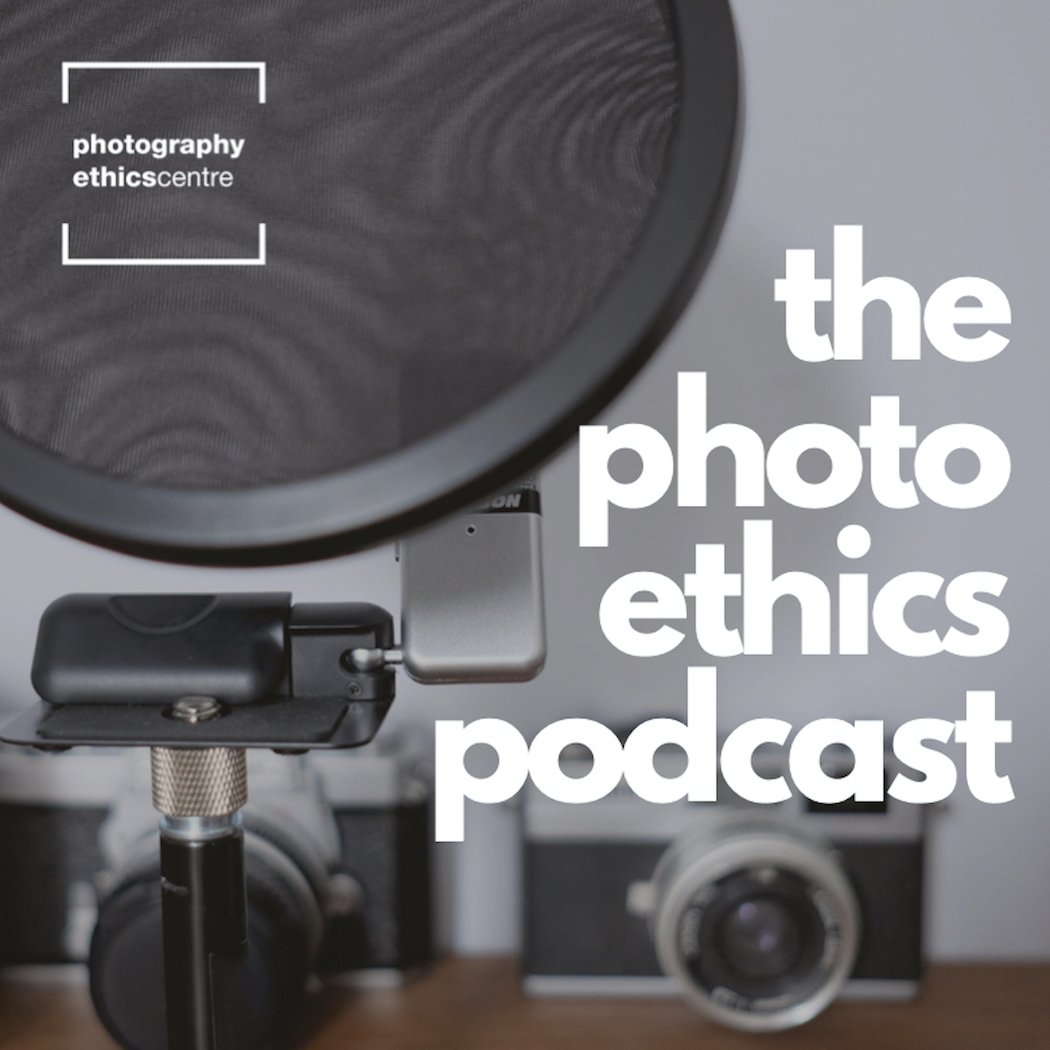Wildlife Photography Ethics
 Welcome to birding and wildlife photography, a realm that requires patience, respect, and a deep understanding of ethical behavior towards our subjects. As we tread into their world, it's essential that we do not stress these creatures by getting too close or making excessive noise. Remember, we're guests in their habitat.
Welcome to birding and wildlife photography, a realm that requires patience, respect, and a deep understanding of ethical behavior towards our subjects. As we tread into their world, it's essential that we do not stress these creatures by getting too close or making excessive noise. Remember, we're guests in their habitat.
Luring animals by feeding them can disrupt their natural behavior and diet. Therefore, it's crucial to resist the urge to do so, even for the sake of a potentially stunning shot. My principle is to be a passive observer, seamlessly blending into the environment to capture the most authentic moments.
While I maintain a bird feeder at my home and occasionally photograph the visiting birds, I am mindful to follow best practices for feeders, ensuring it doesn't interfere with their natural habits. I also refrain from photographing any wild animals that have been fed by others.
Utilizing audio lures, such as bird call playback, or creating noises to grab an animal's attention, can be invasive and stressful for wildlife. As such, I abstain from these practices, striving to capture nature's beauty in its most unaltered state.
Preserving our surroundings in their original condition is a core value. However, there are exceptions. Discarded fishing line poses a severe threat to numerous animals, and it's our responsibility to remove it when encountered. Similarly, picking up trash, even if it's not our own, contributes to a cleaner, safer environment for wildlife.
Let's remember to approach birding and wildlife photography with respect and mindfulness. These ethical guidelines not only enhance the quality of our work but also help to maintain the harmony of these precious ecosystems.




